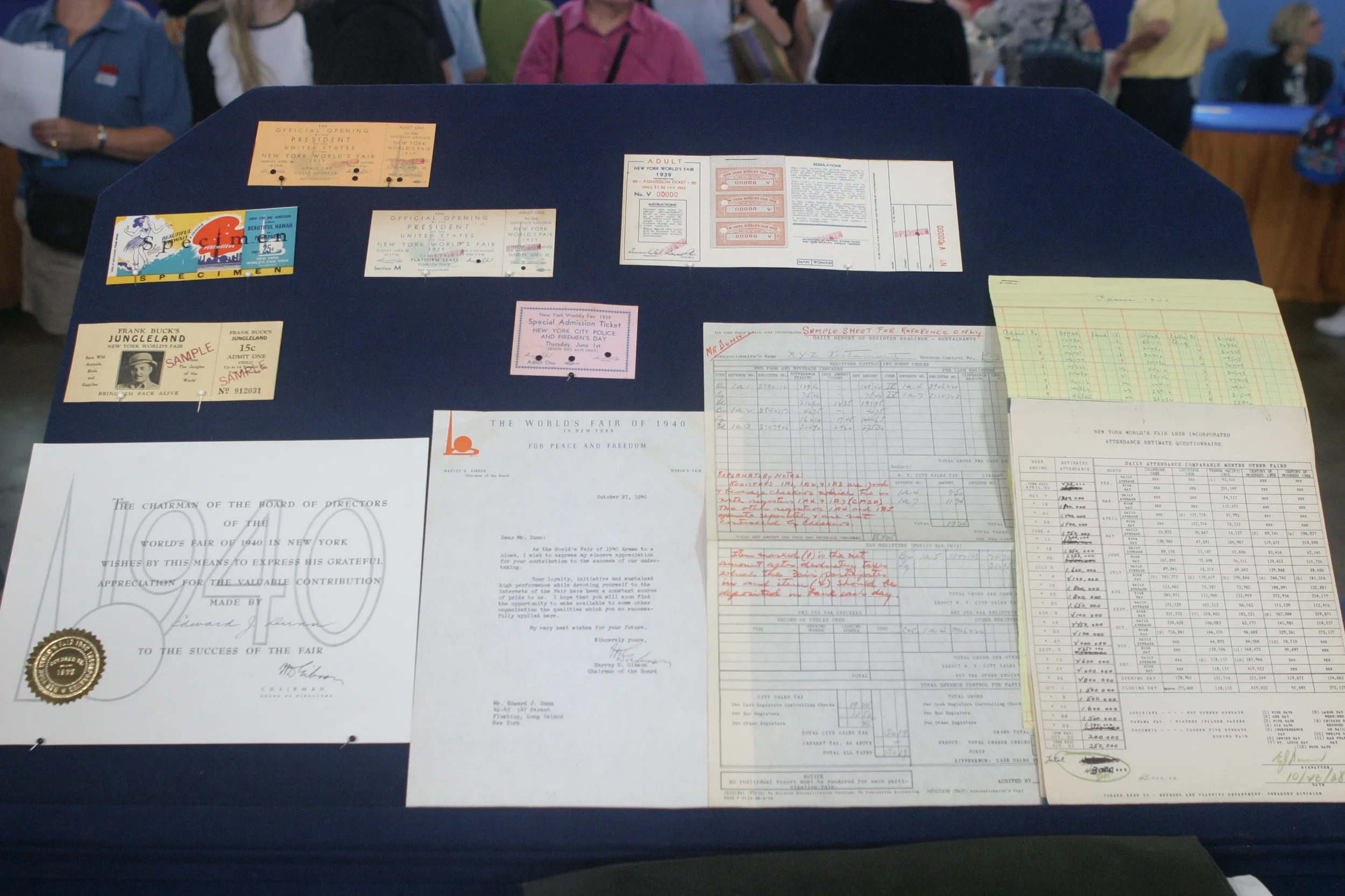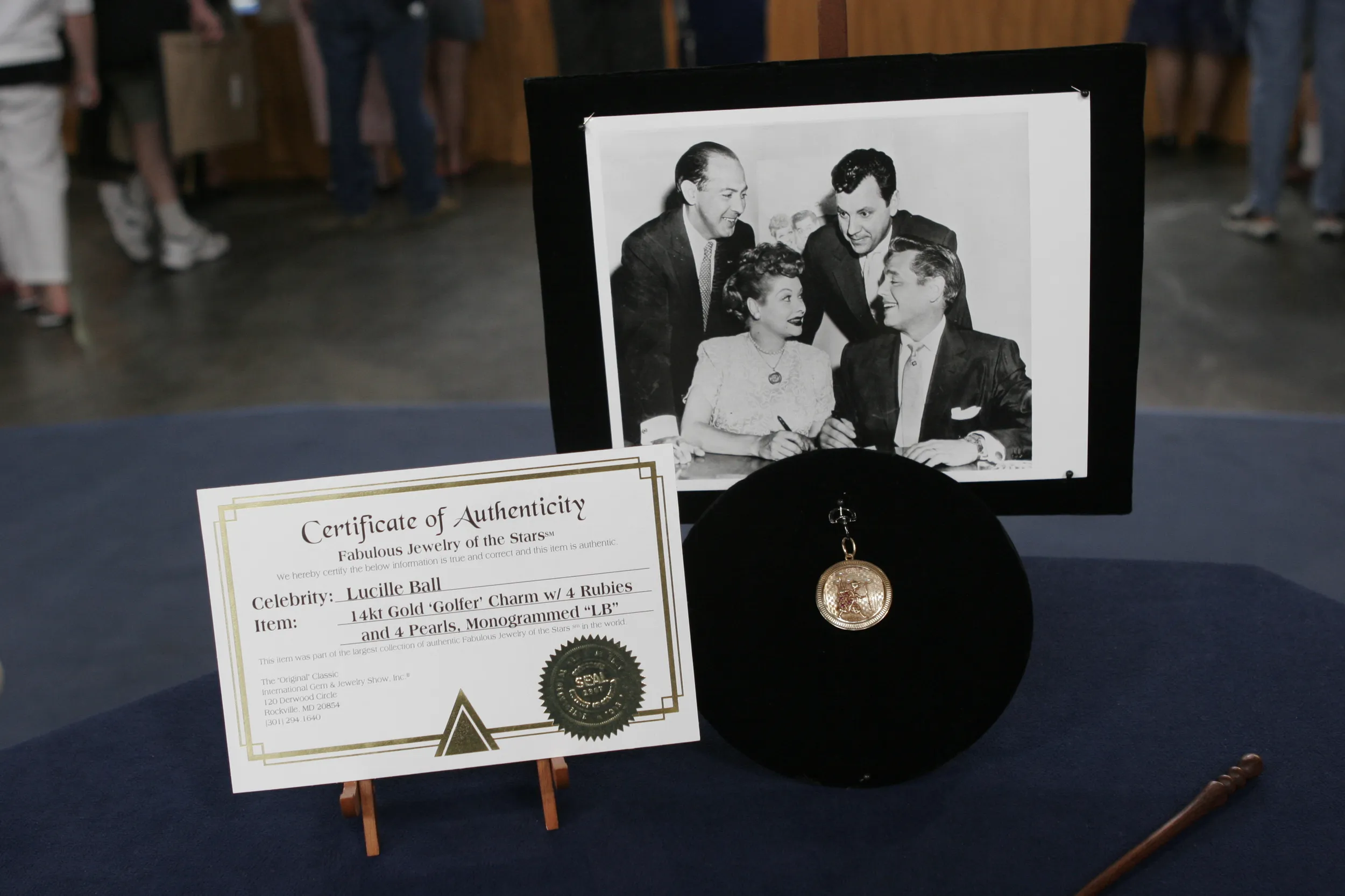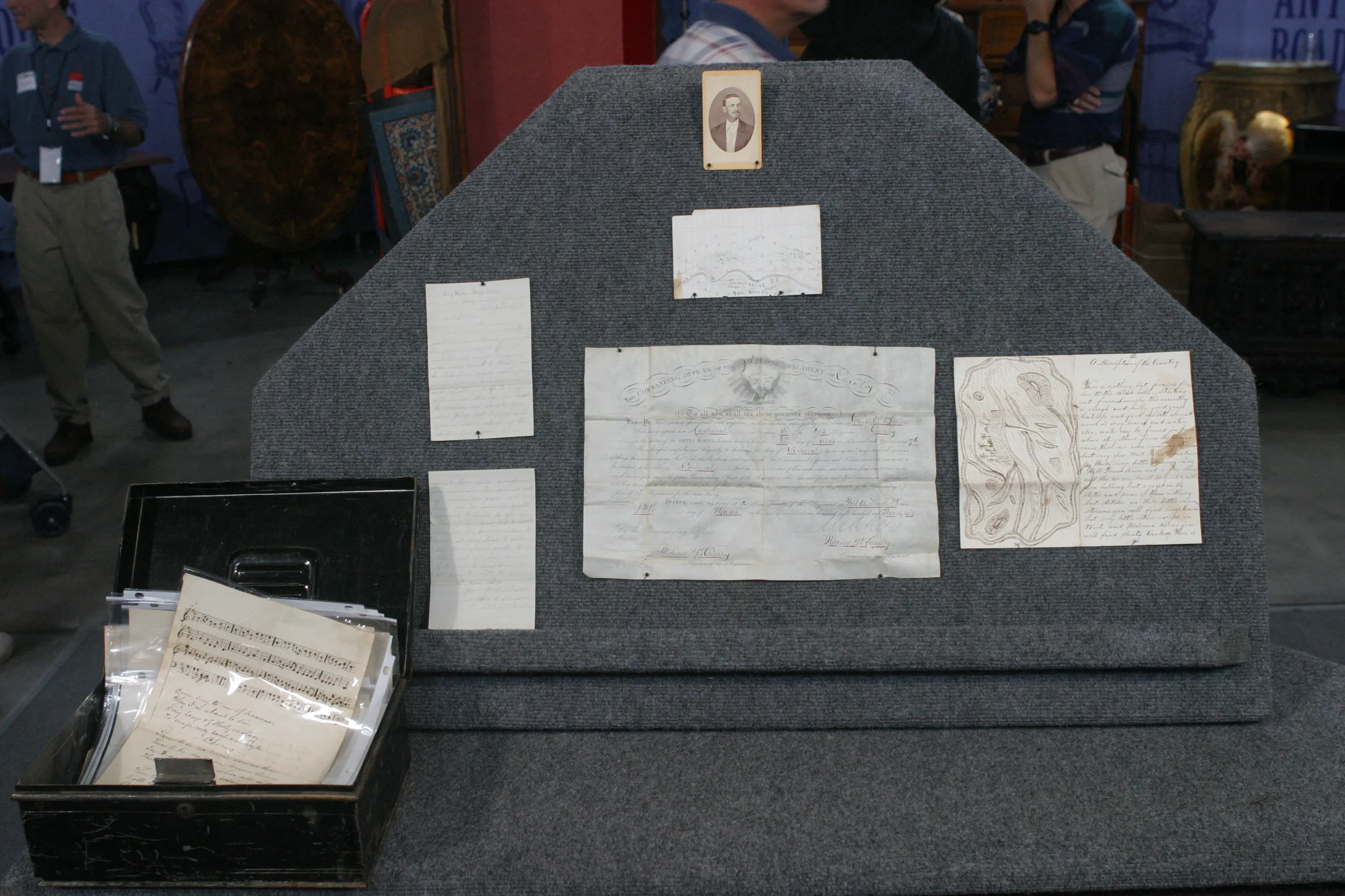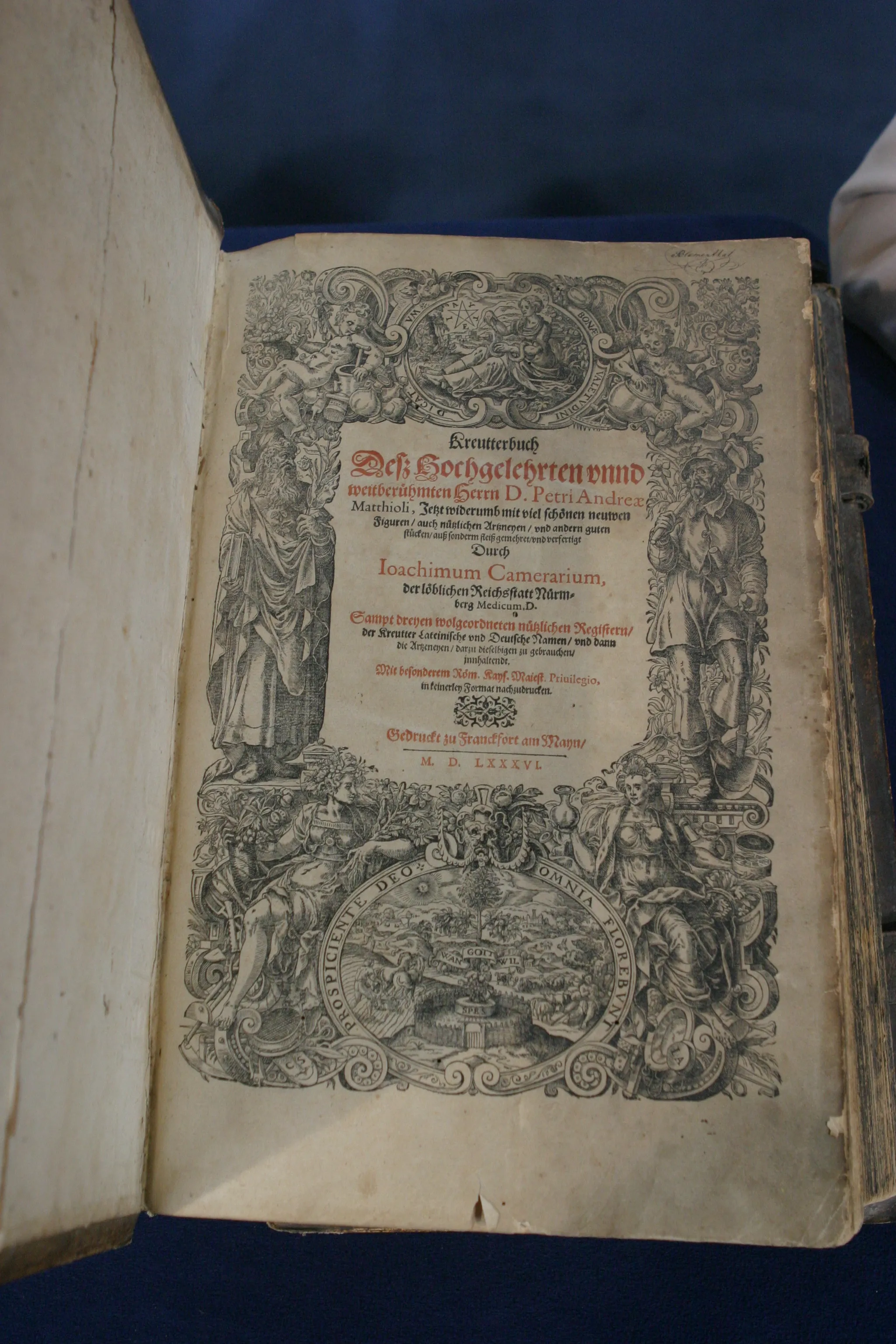GUEST: This is a book, uh, Twenty Thousand Leagues Under the Sea, that my, uh, great-uncle used to own. He passed away in 1997. My father inherited his book collection, and he had us all come out and pick what we wanted. So my wife picked this book out. She liked the, uh, the pictures, the engravings.
APPRAISER: So you're a book collector, too.
GUEST: Yes.
APPRAISER: A-And what sort of books do you collect?
GUEST: I like history books.
APPRAISER: What you have here is a first American edition of Jules Verne's Twenty Thousand Leagues Under the Sea. Your book is interesting to me because it proves that there's an exception to every rule. Now, I always tell people to collect books in the author's country of origin. Those are what we call a true first edition. If you have the first edition in another country, then we call it the first English edition, the first American edition, the first French edition.
GUEST: Okay.
APPRAISER: Which means the first appearance in that country. And usually that first edition is the most valuable, and then those later editions are lesser value. You've got a first American edition that's actually more interesting than some of the earlier editions. Twenty Thousand Leagues Under the Sea was originally published in France in 1869 and 1870. It was translated into English and published in England, so the first English edition was 1872, and then you've got an American edition with an edi, with an imprint of 1873. And so if you look down here, it says "Boston: James Osgood and Company, 1873." This book was printed from the same sheets as the British edition in 1872, sent to America, where they changed out the title page, and then published for an American audience. We think what happened to most of the books that were published at this time is that they were destroyed in the Boston fire of 1872, so actually this is one of the true rarities of world fiction. How do I know it's that rare first American edition that nobody seems to be able to find? One is, we know this publisher, the James Osgood and Company. After they burned down, they went to a different publisher and they have a different title page. We also know that it is that rare edition, one, because if you look here on the cover, this is what we call a point. In book collecting, a point is a characteristic that differs from book to book. So a point on this book is that the title says "Twenty Thousand Leagues Under the Sea," but the title page says "Twenty Thousand Leagues Under the Seas."
GUEST: Oh, wow, wow.
APPRAISER: They corrected that later on. Another point is that if you look at this little vignette on the cover here, it's actually little jellyfish floating in the sea, and then when they went back and reissued, they were reissued with a picture of Captain Nemo. Have you ever had this appraised?
GUEST: Yeah, about five or six years ago. The library in our town, for $20, you can bring in some books. And I brought in my Civil War books and... (chuckling): They weren't, they weren't worth much, but my wife wanted to bring this. At first he said $300 to $500 if it was that second publisher. This, he said, maybe, you know, $1,000 to $1,500. And he couldn't find any more information. So I kind of forgot about it. We locked, we wrapped it in plastic, like he said, and put it in a fireproof, uh, lock cabinet.
APPRAISER: Uh-huh.
GUEST: And then when I saw the ANTIQUES ROADSHOW come, and I said, well, my wife wanted to bring it.
APPRAISER: The issues that predate this one are worth less. That first British edition you can get for about $1,000 today. This copy is probably a $10,000 book-- $10,000 to $15,000 at auction.
GUEST: (chuckling): Wow! Holy cow.
APPRAISER: So I think even though you think you're a collector, your wife's a little bit better at this than you are.
GUEST: Yeah, she's got a better eye than...
APPRAISER: Yeah, she's got better taste.
(both laughing)








